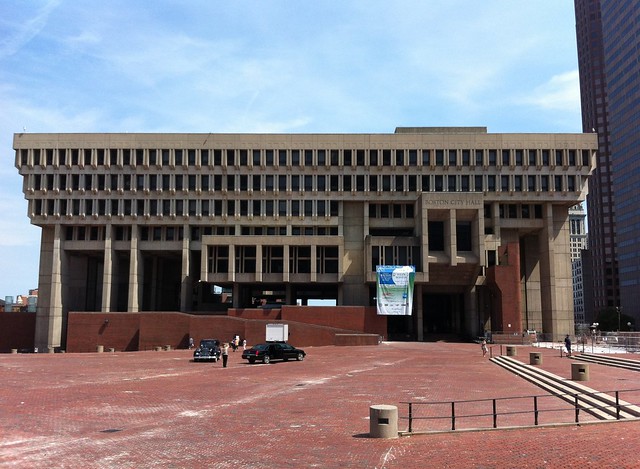
–That adds up to 3.5 billion payments in a year, more than twice the current total number of payments made by the entire federal government–
–What the carbon tax groups won’t tell you–
A carbon tax and “dividend” (hat tip to the beltway consultant who coined this suspect term) scheme would impose a large tax increase on the American people. It would also create a large new entitlement spending program and give the government more power over your life. It’s no wonder more than 75 conservative groups this week sent a statement to congress: “We oppose any carbon tax.”
Now, assume for a moment that the carbon tax pushers are telling the truth, and that the carbon tax money wouldn’t disappear into a black hole of “urgent” Democrat special spending interests (Green New Deal, etc.)
Because a carbon tax will make most everything in life more expensive, carbon tax advocates breezily mention that someone in Washington DC will send “dividend checks” or “rebates” in order to compensate Americans for the increased burden on their livelihood.
Energy and environment reporters dutifully note each new corporate honcho or Nobel economist who endorses a carbon-tax-and-dividend framework. Yet these same reporters have shown a remarkable lack of curiosity as to the real life ramifications of such a complex redistribution regime. They simply tell their readers that “dividends” or “rebates” will be sent out to the countryside, and then…well that’s it. They do not report the story any further. The carbon tax groups certainly do not mind.
The House carbon tax bill (H.R. 763) — co-sponsored by 42 Democrats and one Republican, Francis Rooney — calls for such payments to be made “each month” to “any natural living person who has a valid Social Security number or taxpayer identification number and is a citizen or lawful resident of the United States.”
How many payments is that each month?
Consider:
The estimated population of U.S. citizens is 294,959,400.
Therefore the carbon tax bill would require some federal entity to distribute at least 294,959,400 payments each month.
Multiply that number by 12 (months) and you get 3,539,512,800.
3.5 billion individual carbon tax payments in a year.
That’s a lot of payments. For perspective, let’s compare it to the Social Security Administration:
-The Social Security Administration has 68,535,000 total beneficiaries (May 2019).
-294,959,400 (estimated population of U.S. citizens) divided by 68,535,000 (quantity of SSA beneficiaries) equals 4.3
This means the carbon tax bill involves over four times the quantity of beneficiaries as the Social Security Administration.
How big of a bureaucracy is the Social Security Administration?
Headquartered in Baltimore, the SSA has almost 60,000 total employees. According to SSA: “The field organization, which is decentralized to provide services at the local level, includes 10 regional offices, 6 processing centers, and approximately 1,230 field offices. There are 2 additional processing centers in the central office.” Here is the organization chart.
This is not to say that the carbon tax-and-dividend scheme would require the same proportion of employees as the SSA.
But the carbon tax scheme will task some agency or agencies with a significant bureaucratic undertaking: Enrollment, eligibility determination, fraud prevention, case workers — to resolve lost, missing, or inaccurate payments, custody and divorce issues (kids get the payments too) and bank account number updates — software development, IT staffing, human resources management, legal staffing, and dozens of other logistical undertakings. Congressional offices will spend some quantity of time on carbon tax problem calls, letters, and related casework.
(Oh, and the “dividend” payments are subject to federal and state income tax and must be reconciled on your annual tax return. This will require coordination across the federal government and trigger an enormous quantity of paperwork for the government, employers, and households.)
The entire federal government makes about 1.38 billion payments per year.
This means the carbon tax bill will require at least twice the quantity of total current annual U.S. government payments.
Ready to get started?
See also:
Romney “looking at” carbon tax
Francis Rooney Endorses Large Tax Increase

